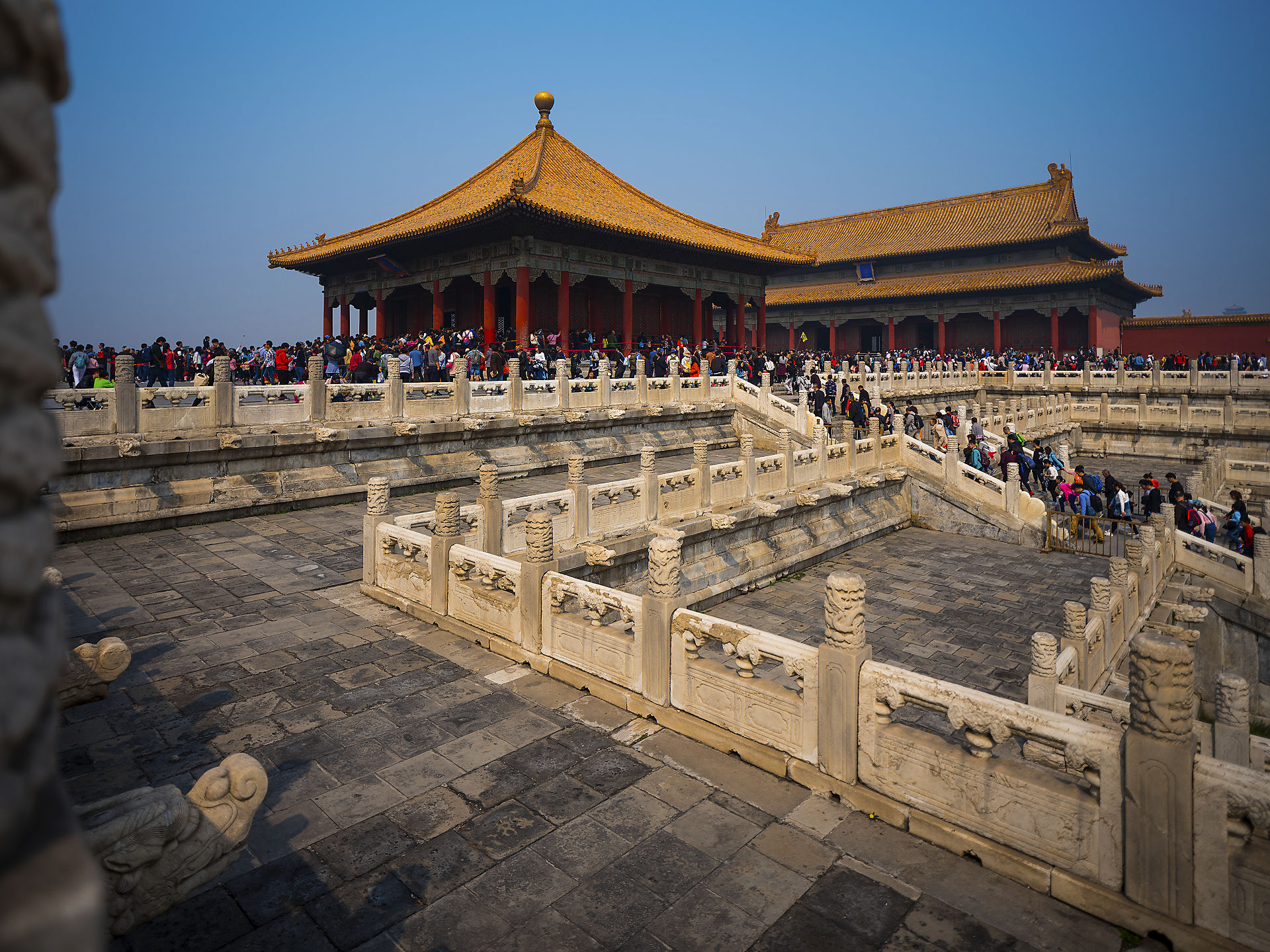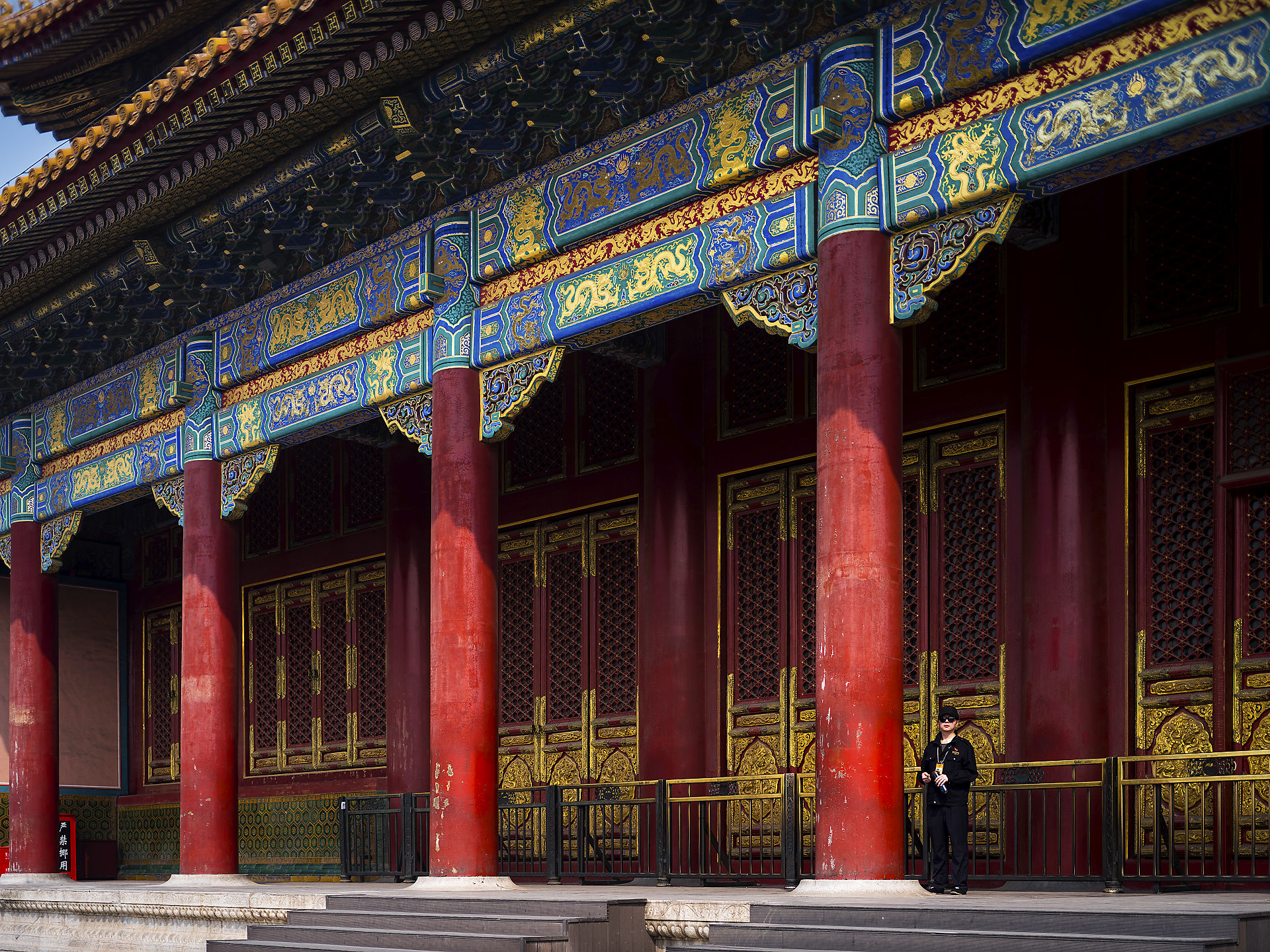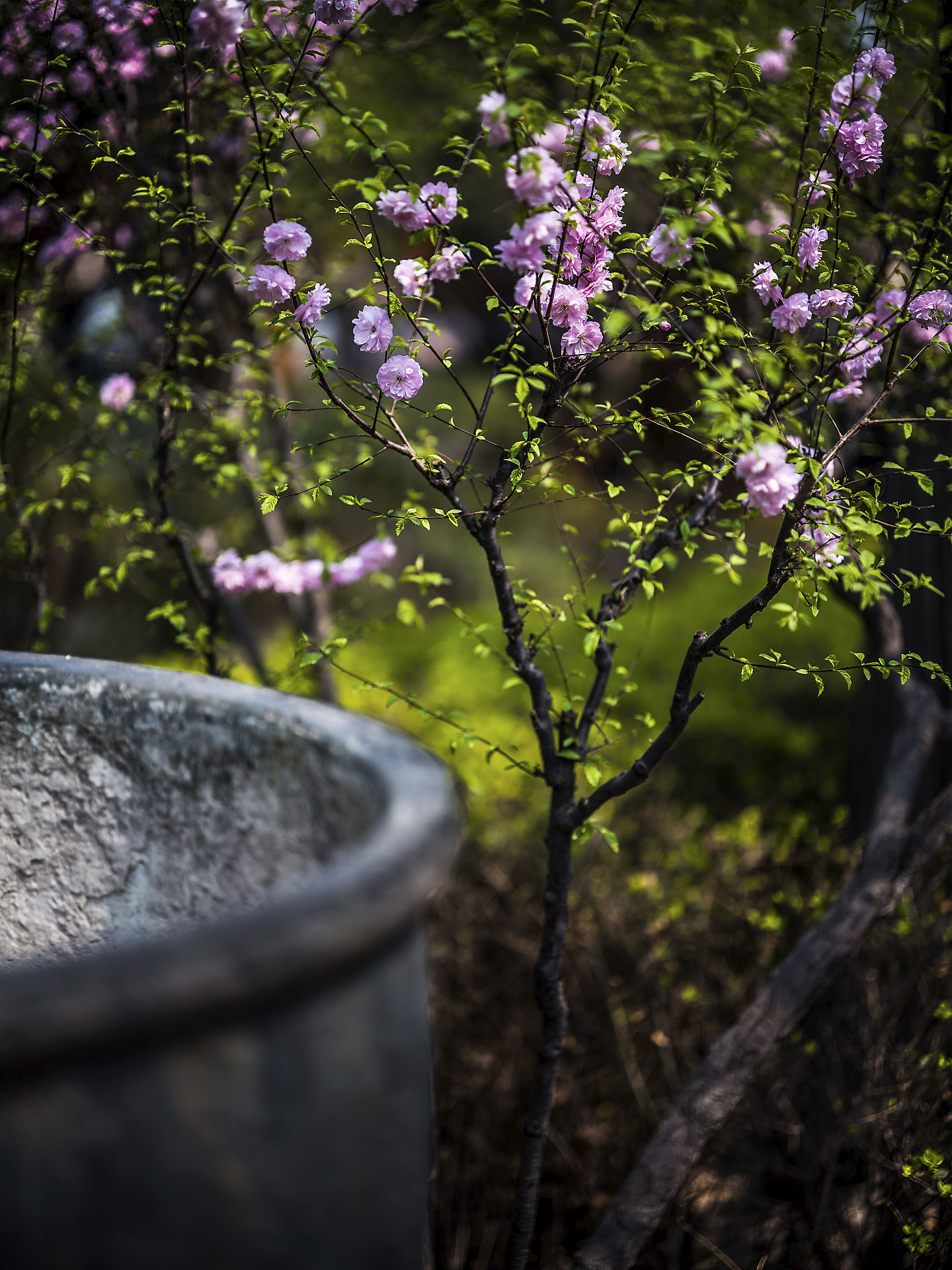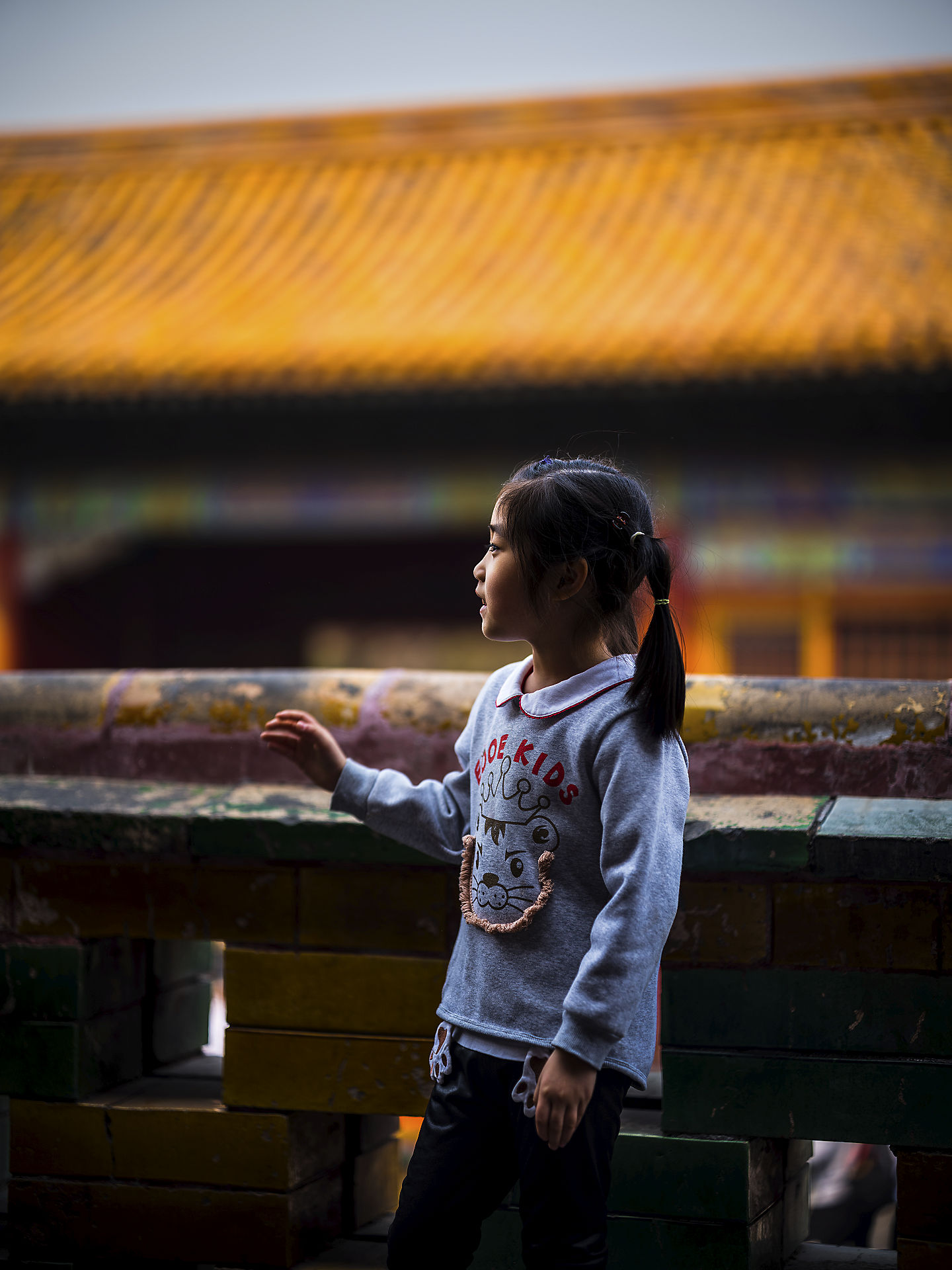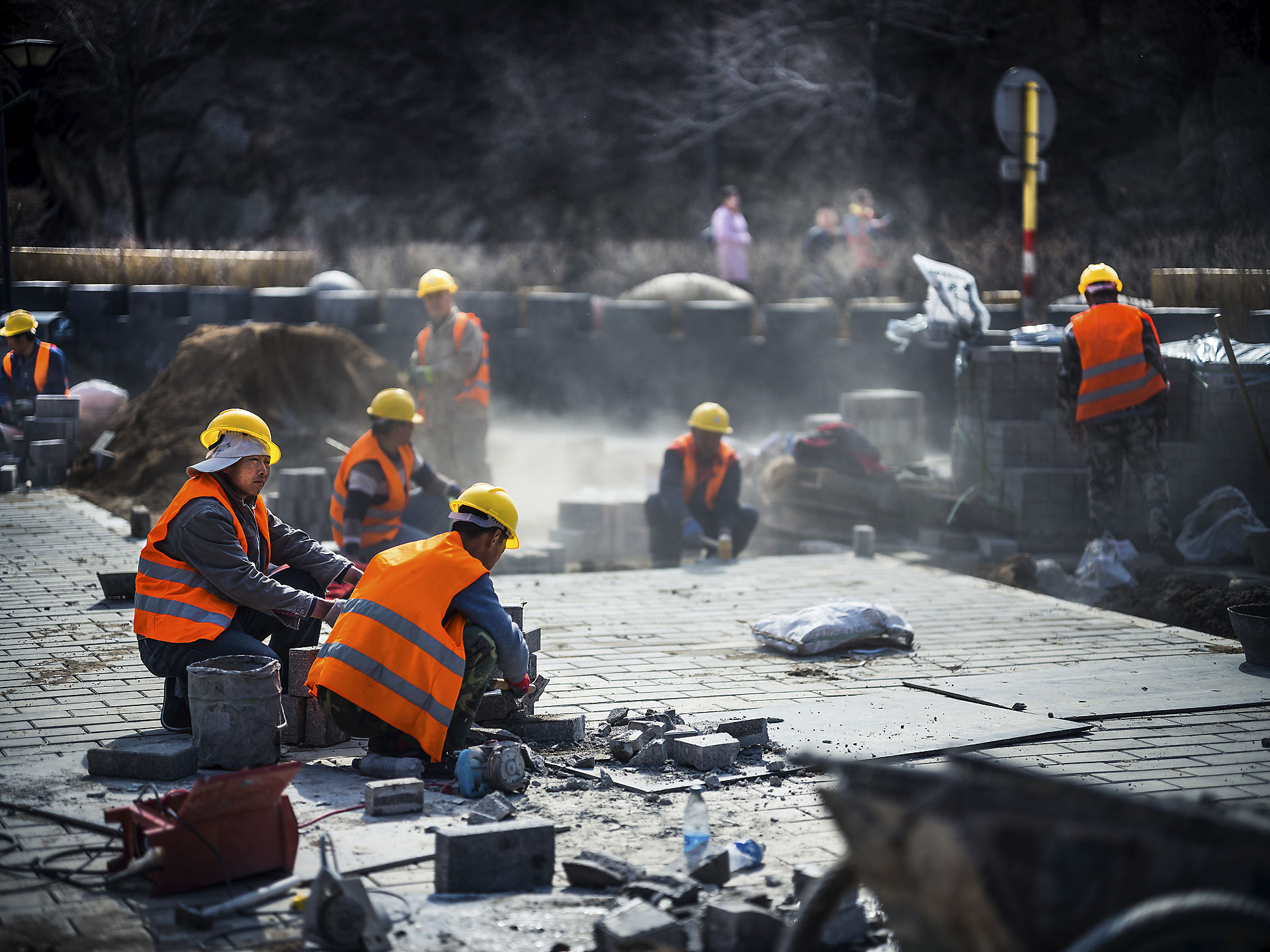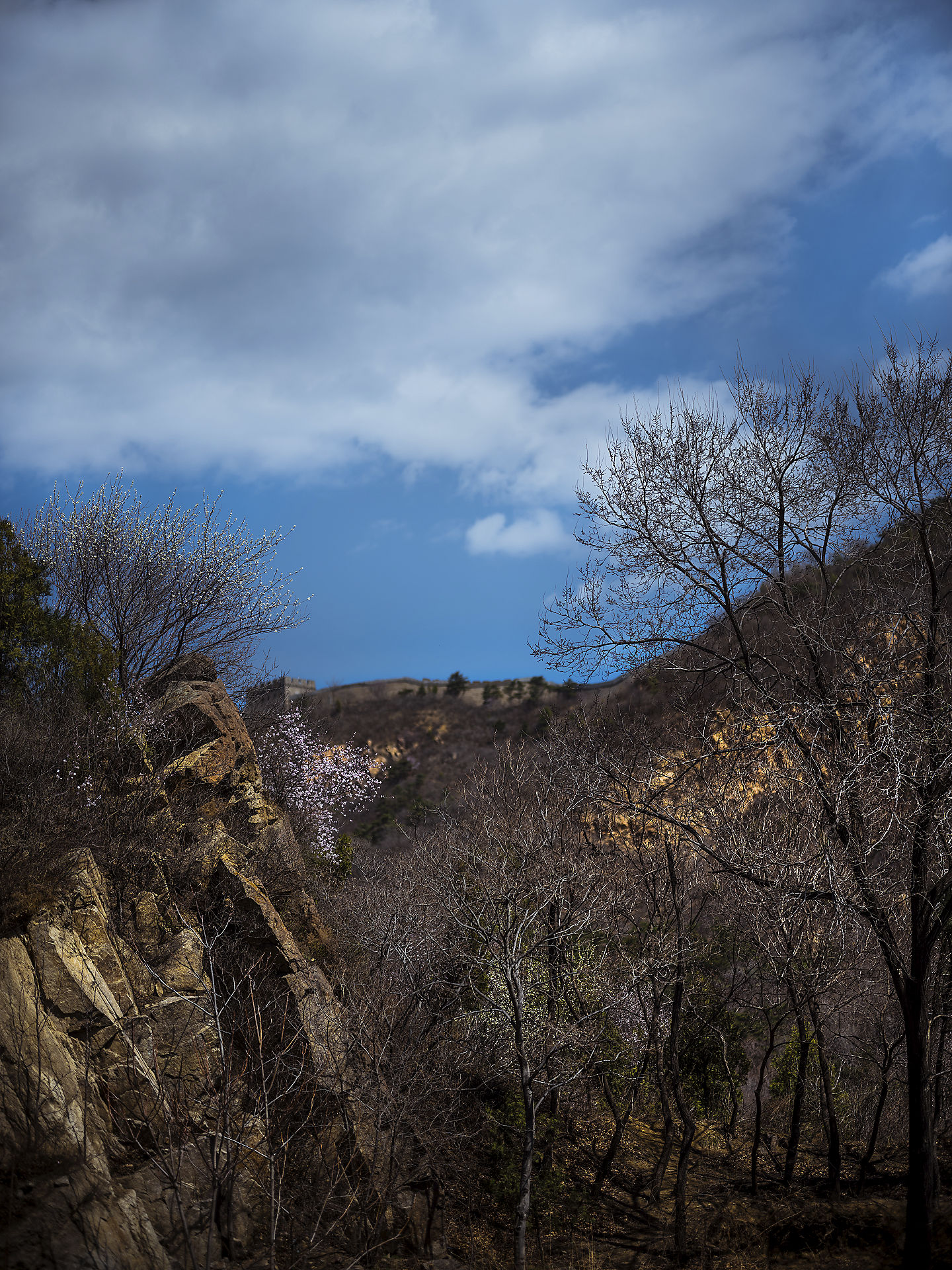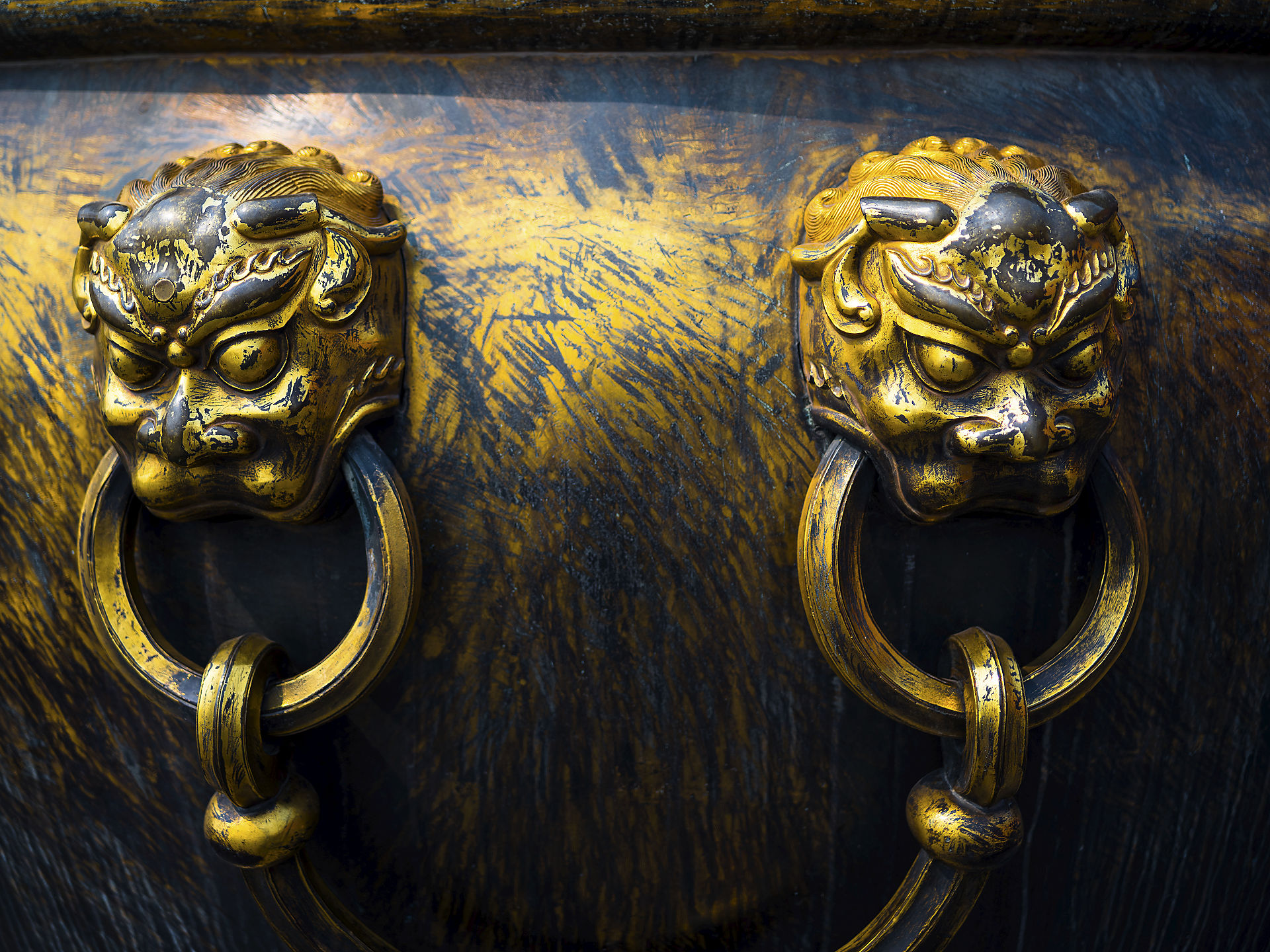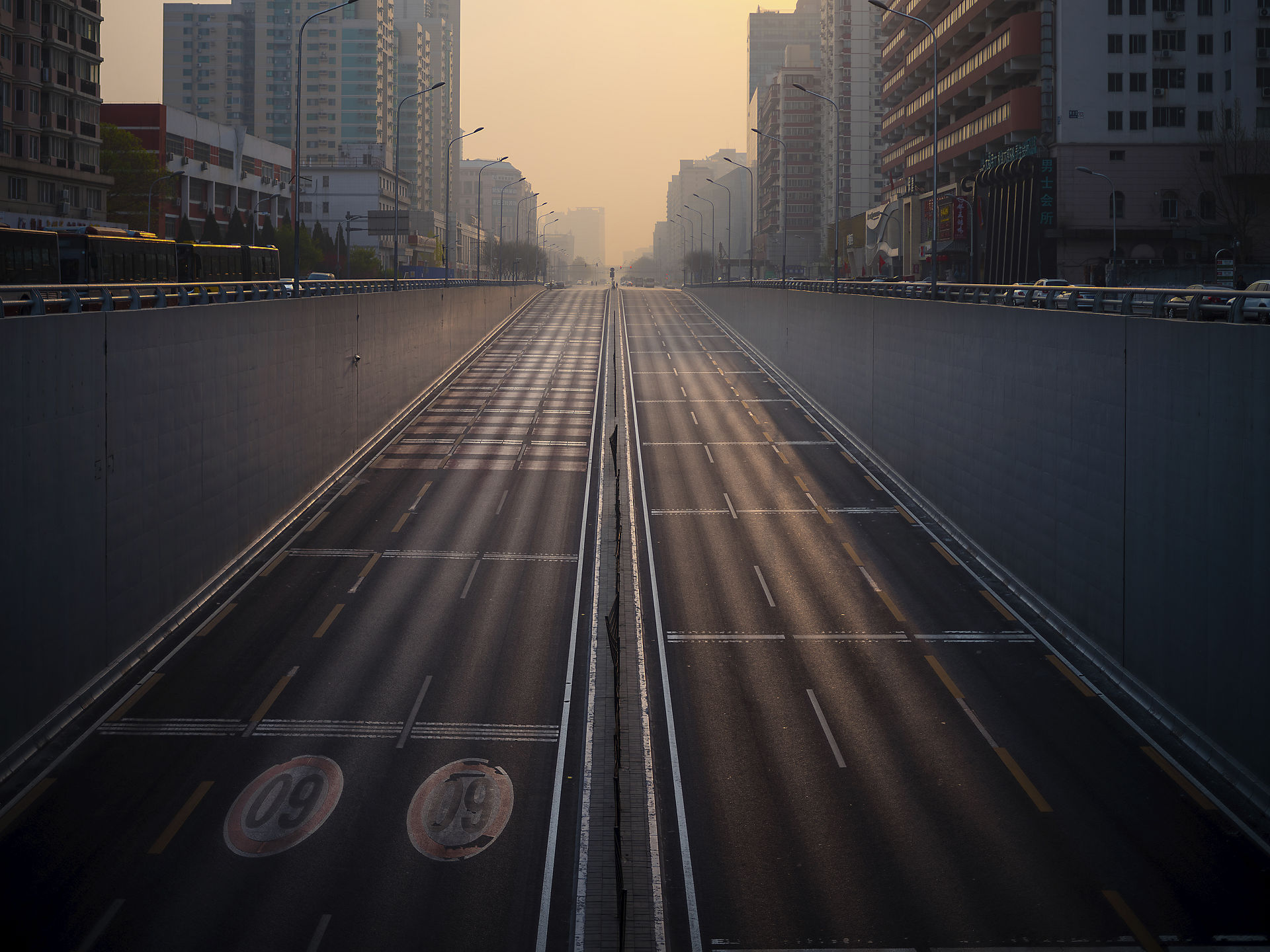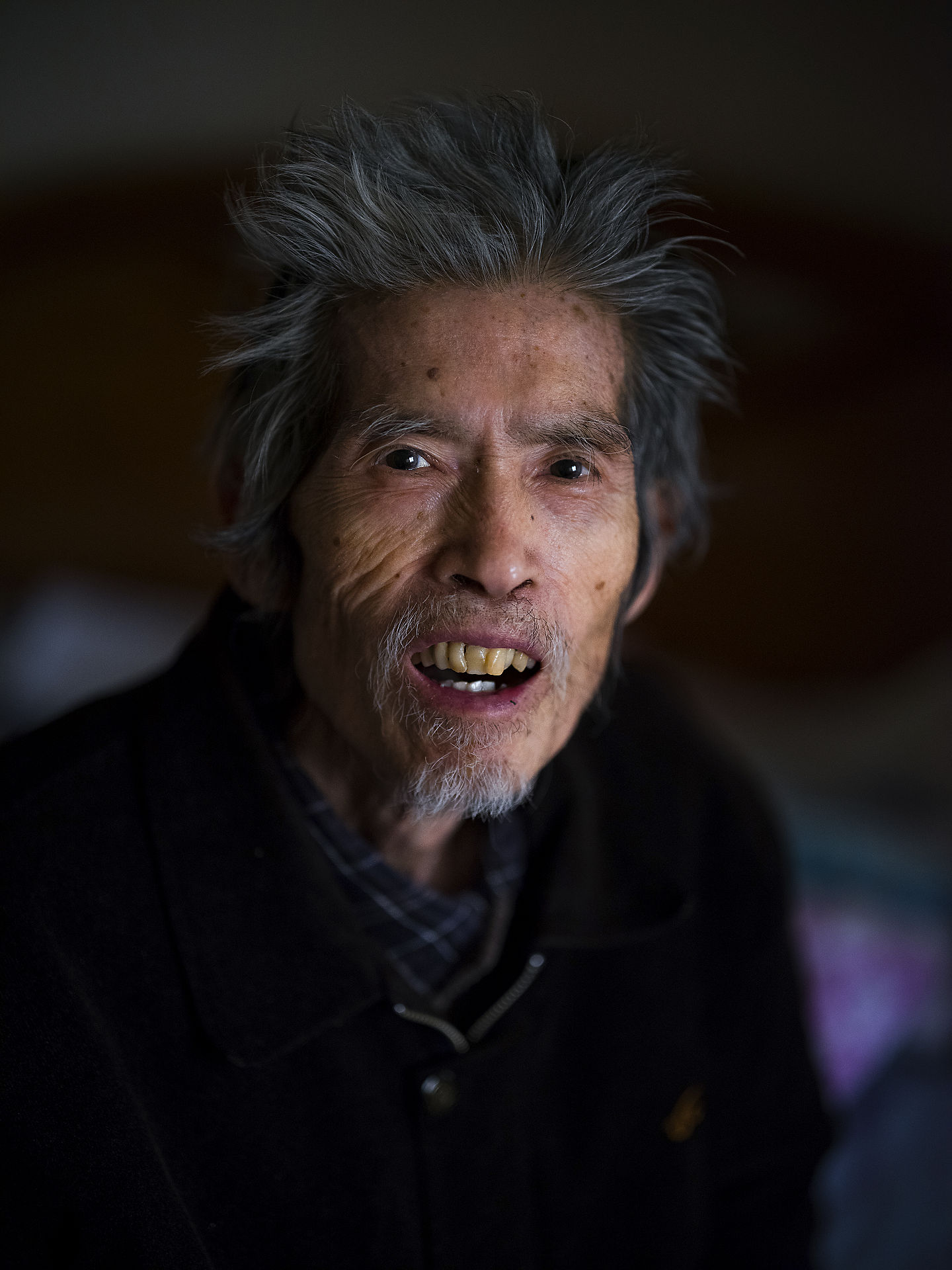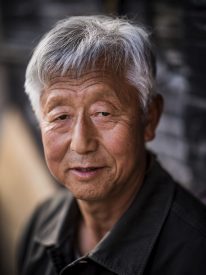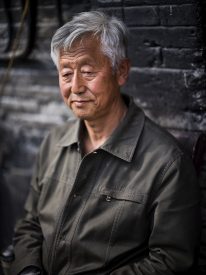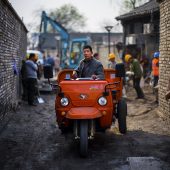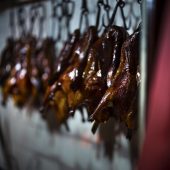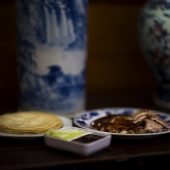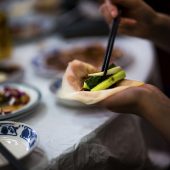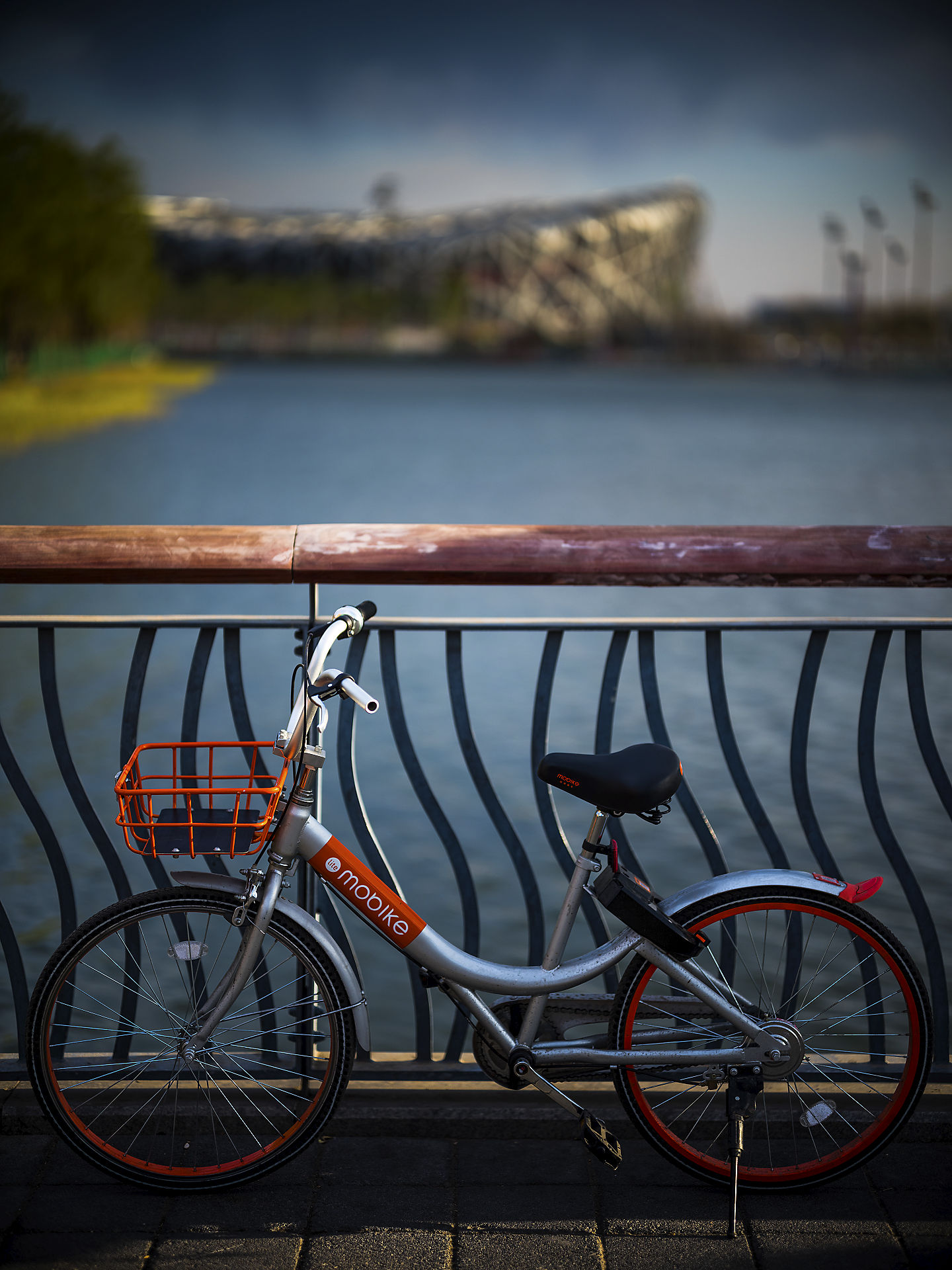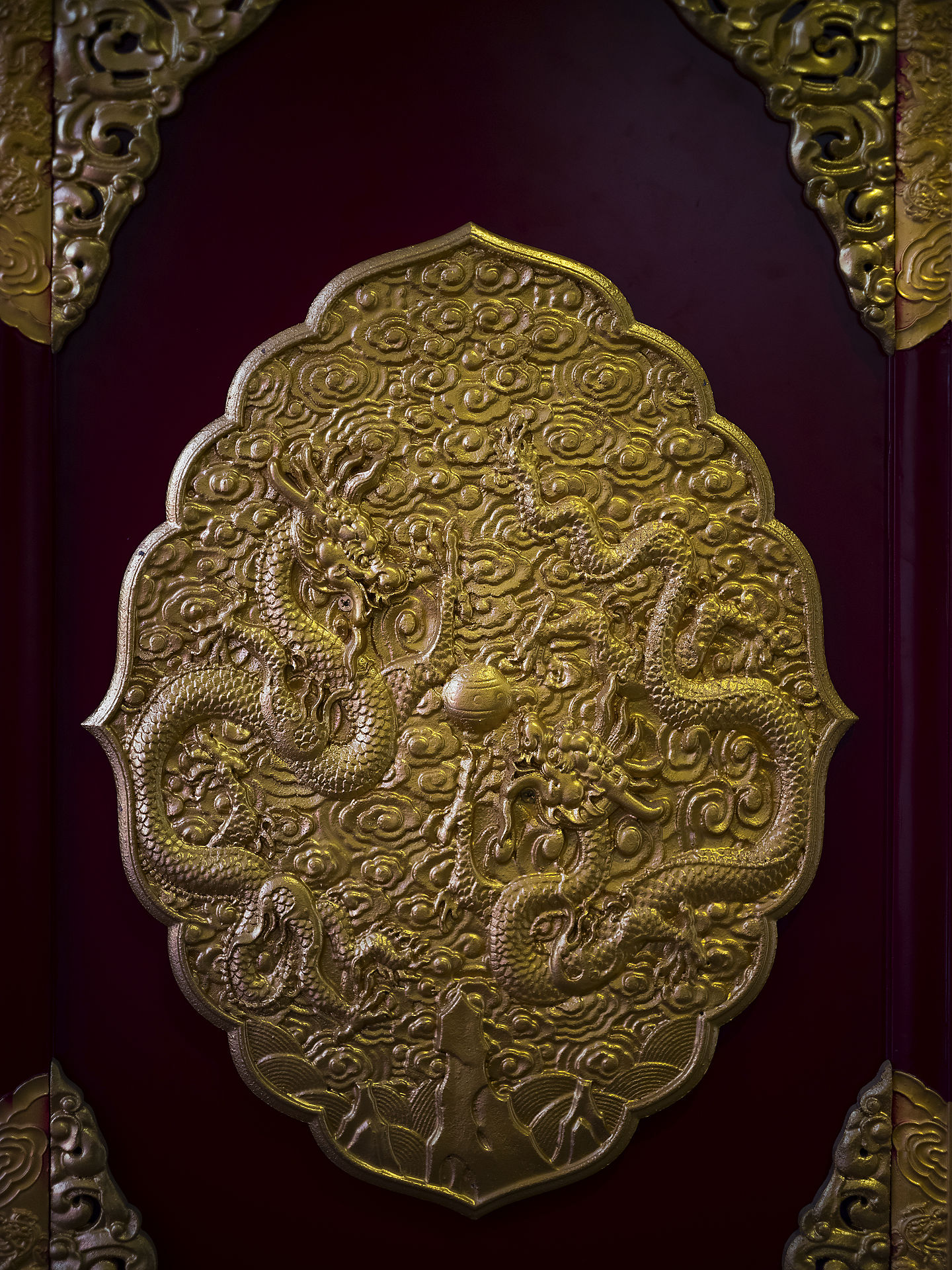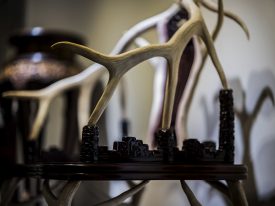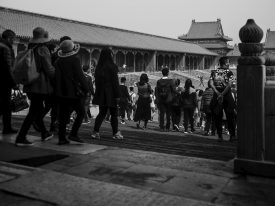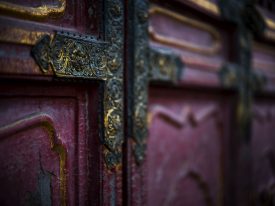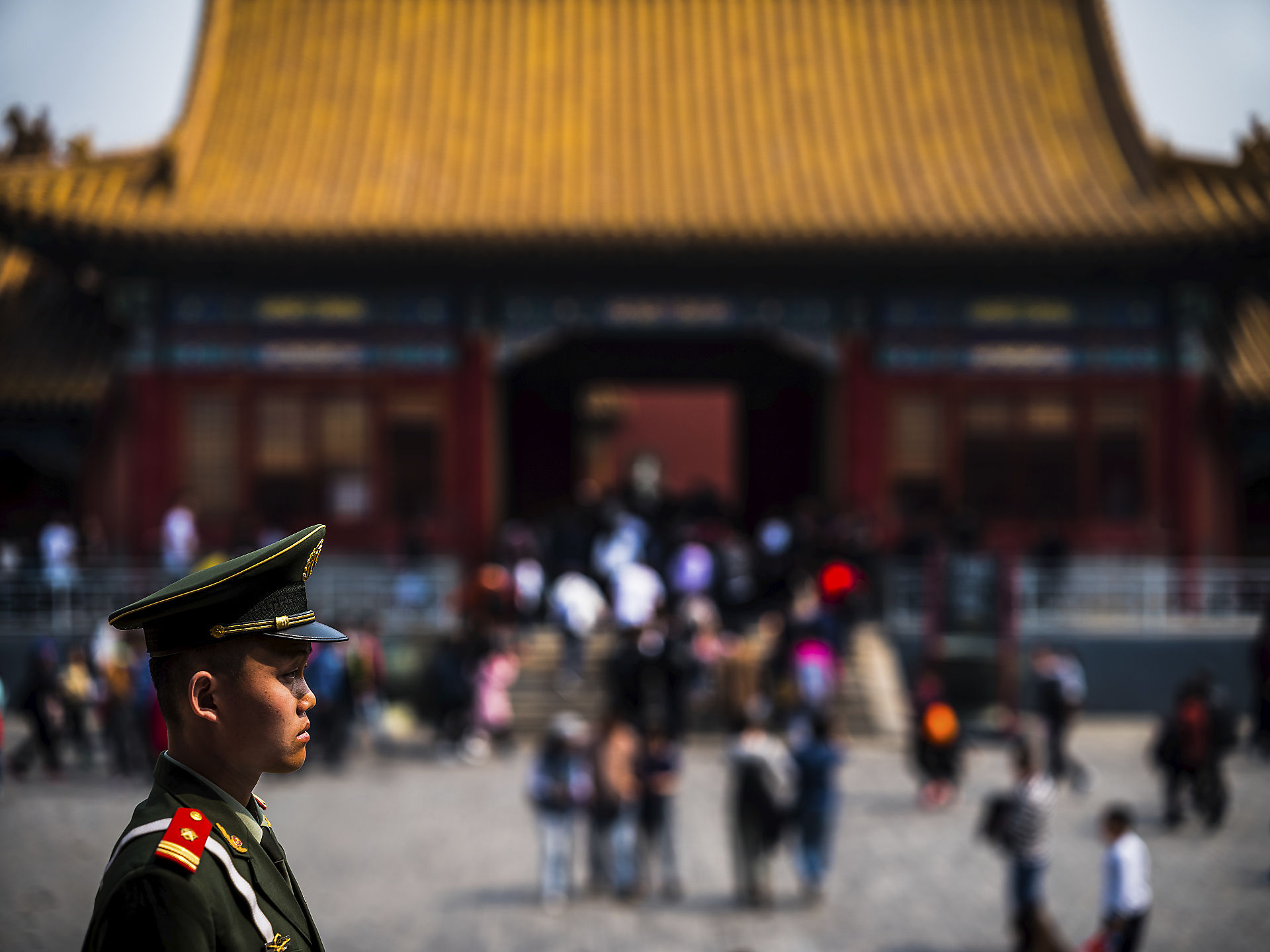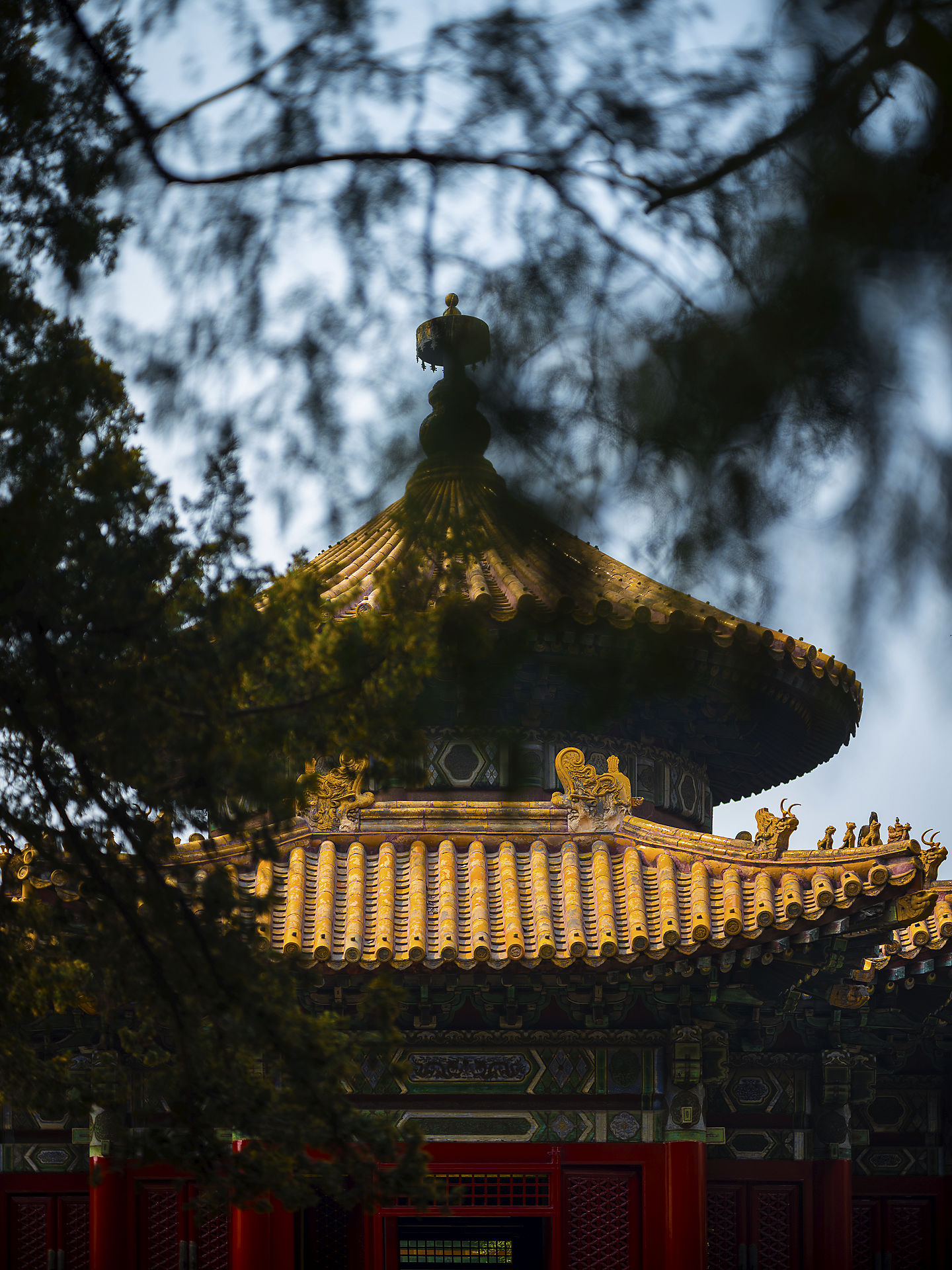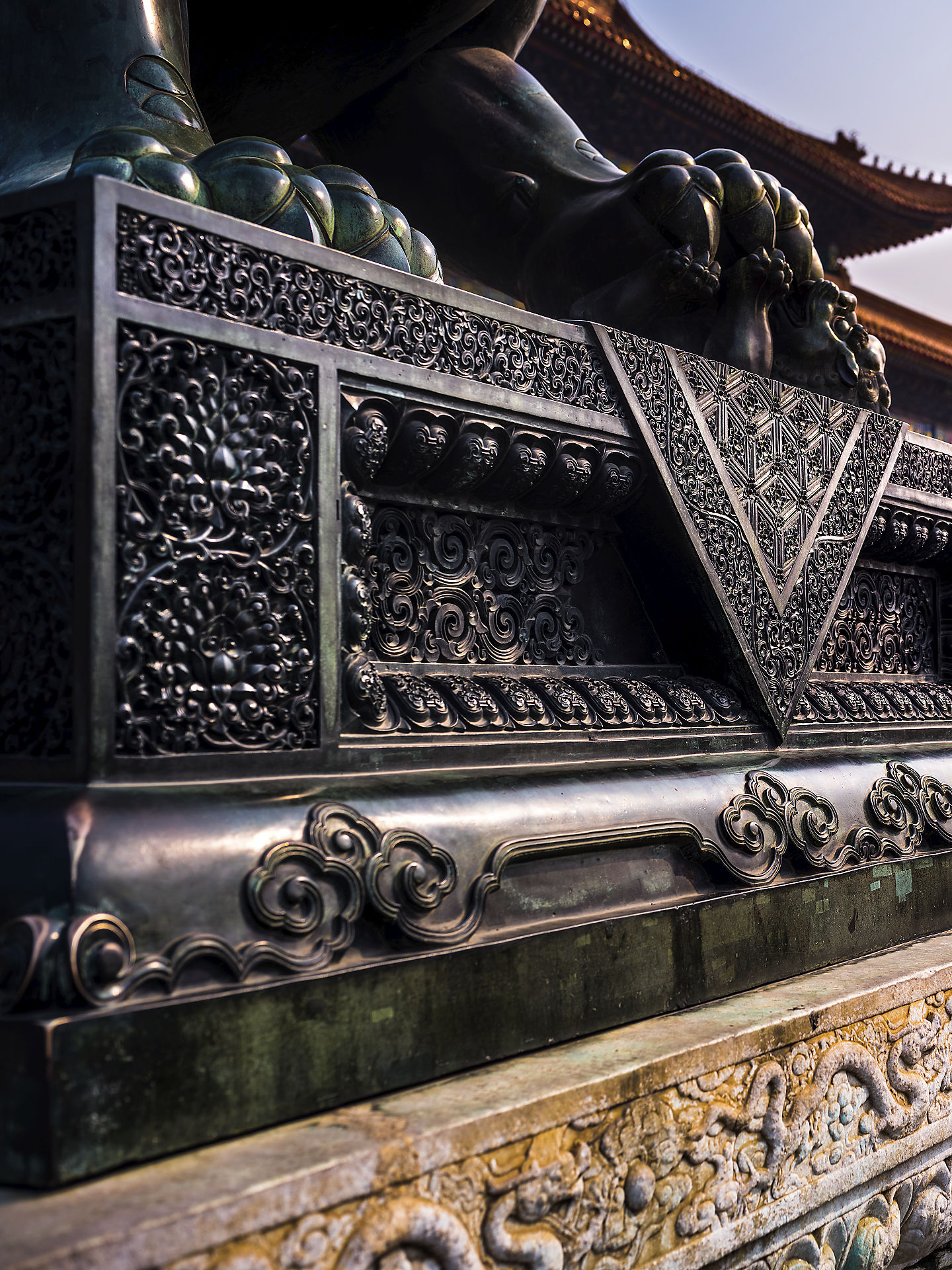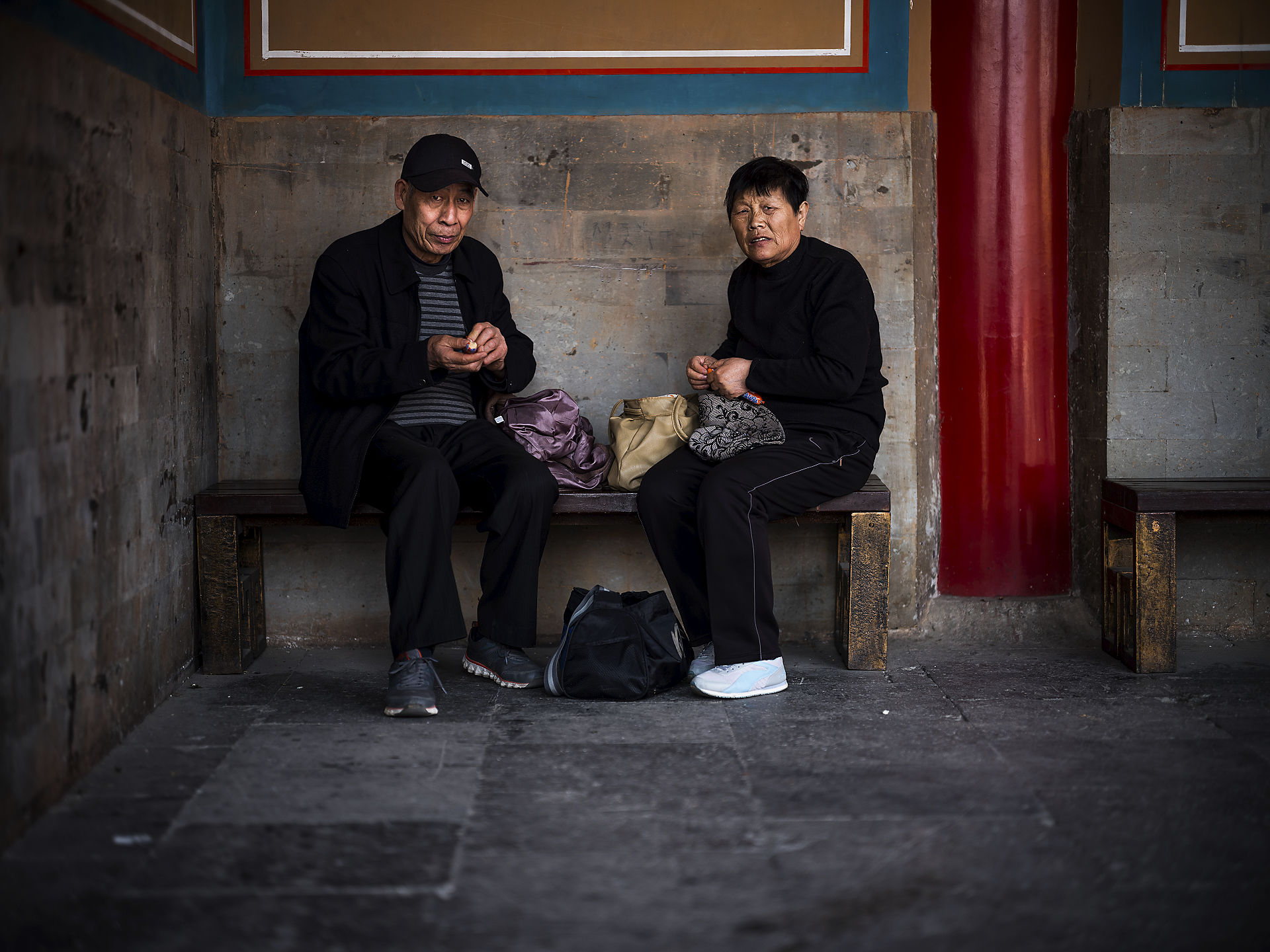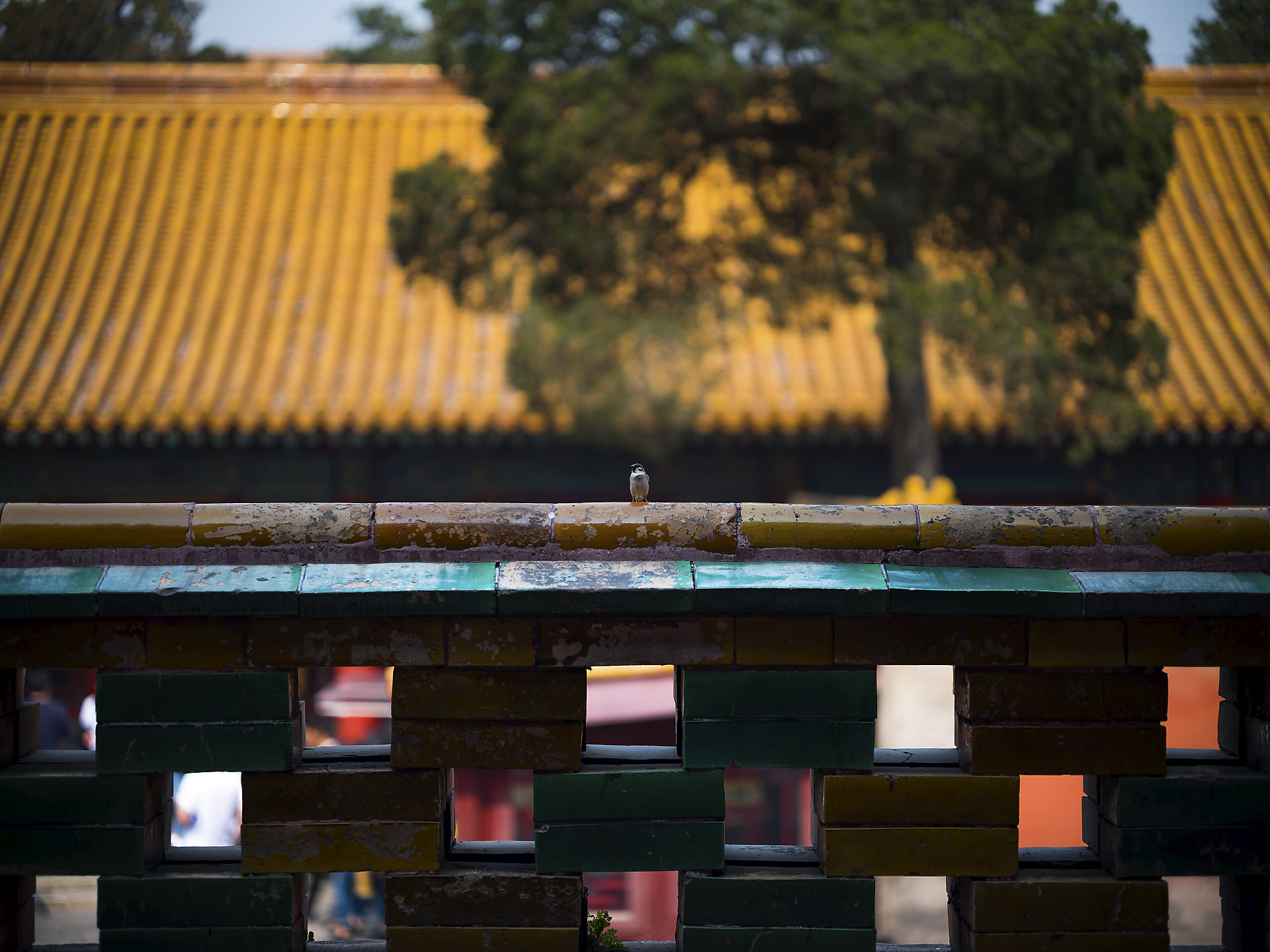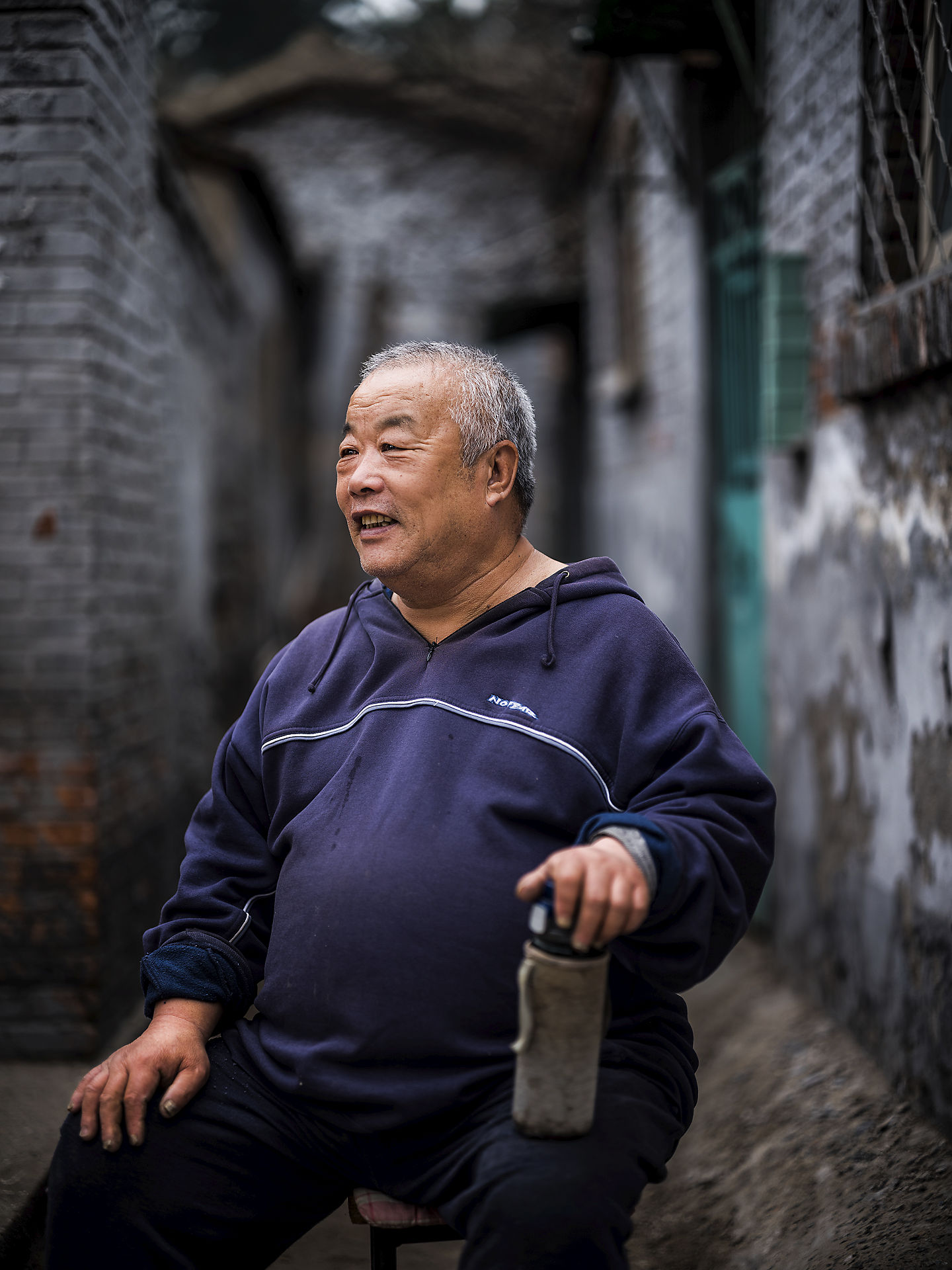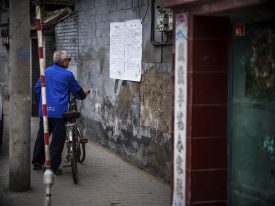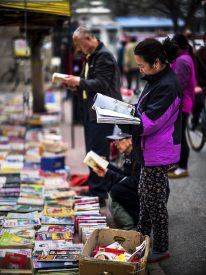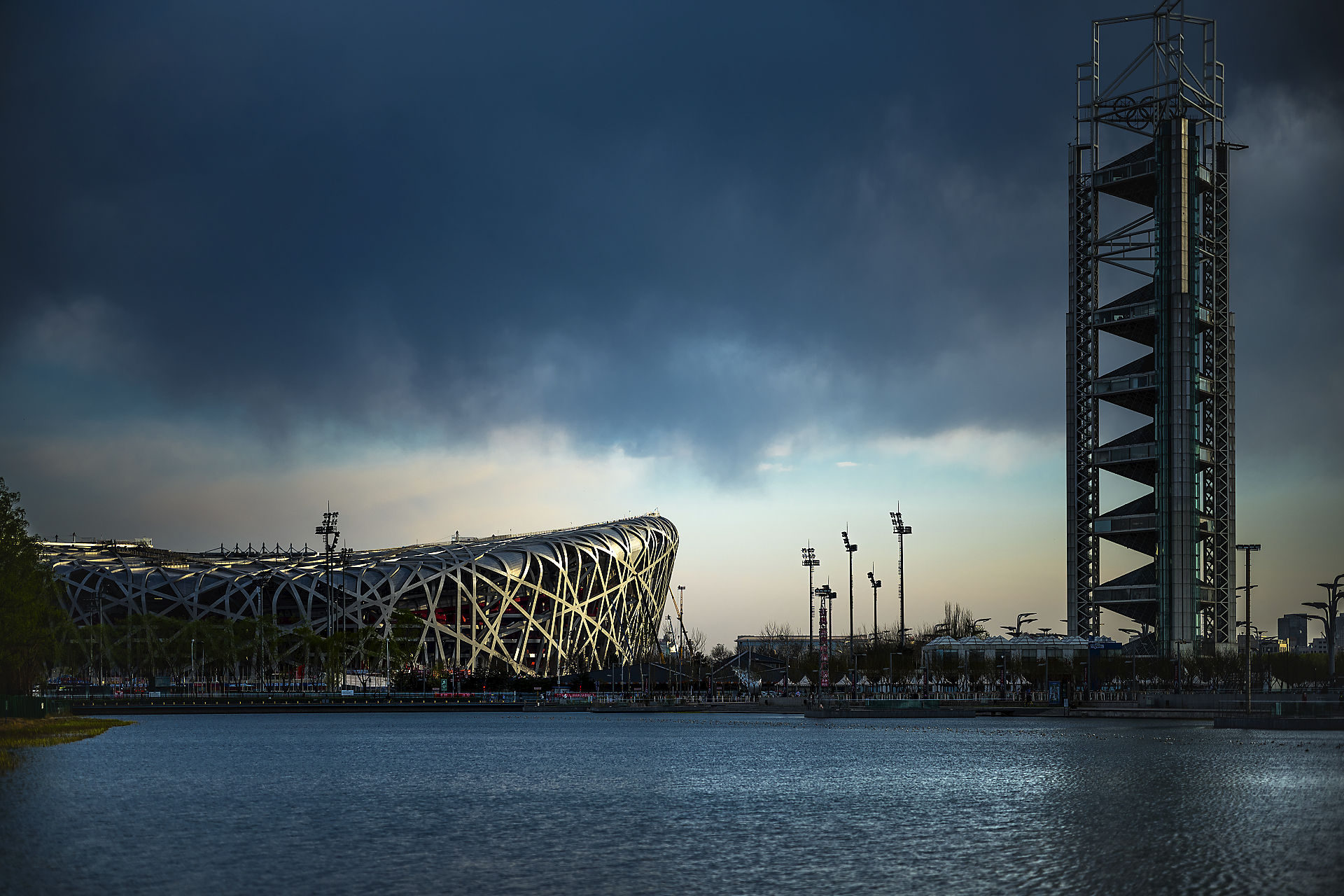
Originally posted at akpo.ca by Fujifilm GFX Owners Group Member Andy King
GFX 50S IN BEIJING
Back in March I wrote an article on using 35mm lenses on the Fujifilm GFX 50S. Although the lens and camera setups worked extremely well, I didn’t think I would be able to purchase so suddenly after the launch. Lo and Behold, with help from Fujifilm Canada and Vistek, I was able to secure a GFX 50S the day before I left for Beijing.
There was just one problem. I didn’t order any lenses with the body. With two Fotodiox (Nikon G and Canon EF) adapters ordered a week before, I frantically tested the 35mm and vintage 645 lenses I had while packing.
In the end I decided to bring the least amount of lenses possible:
1. Carl Zeiss Otus 85mm f/1.4 for the Nikon mount (ZF). I specifically bought the ZF version for the aperture ring, otherwise the ZE version could only shoot at wide open with the dummy adapter
2. Canon EF 24mm f/3.5L TS-E II (could only shoot at f/3.5 because of the dummy adapter)
3. Pentax Super Takumar 35mm f/3.5 (M42 version and then adapted to EF)
4. Tokina AT-X 90mm f/2.5 Macro (Nikon mount)

The Otus 85mm stayed on the camera most of the time in Beijing. Zeiss engineers and literature have hinted that the image circle was increased to allow for the maximum image quality even when shot wide-open. On the 44x33mm GFX 50S sensor, the lens behaved similarly to that of a 67mm f/1.1 lens on 35mm cameras. With it’s spectacular close-up performance (floating element design with a MFD of 0.8m) and apochromatic qualities (absent of purple fringing or bokeh fringing), the images produced had a surreal look with true-to-life colours. We had a chance to visit the Liqun Roast Duck Restaurant near Tiananmen Square for some traditional peking duck. All the images, with the exception of the wide-angle of the kitchen interior, were shot with the Otus 85mm.
Each lens had their strength and weaknesses. The Otus 85mm f/1.4 was a bulky yet clinically sharp lens free of any CA (APO design). The Tokina 90mm f/2.5 was quickly adjusted to ensure that the plane of focus was perfectly parallel to the sensor, for best performance in landscapes and detail shots (more on this to come later). For a wide-angle perspective, I had the Canon 24mm f/3.5L TS-E II and the Mamiya 55mm f/2.8 N attached to a Mirex M645-EF T/S adapter. Both featured the shift function that I desired for correcting perspective distortion. Finally, the Pentax Super Takumar 35mm f/3.5 were used for artistic close-ups as they had strong vignetting and falloff in detail for corners at distant focus distances.
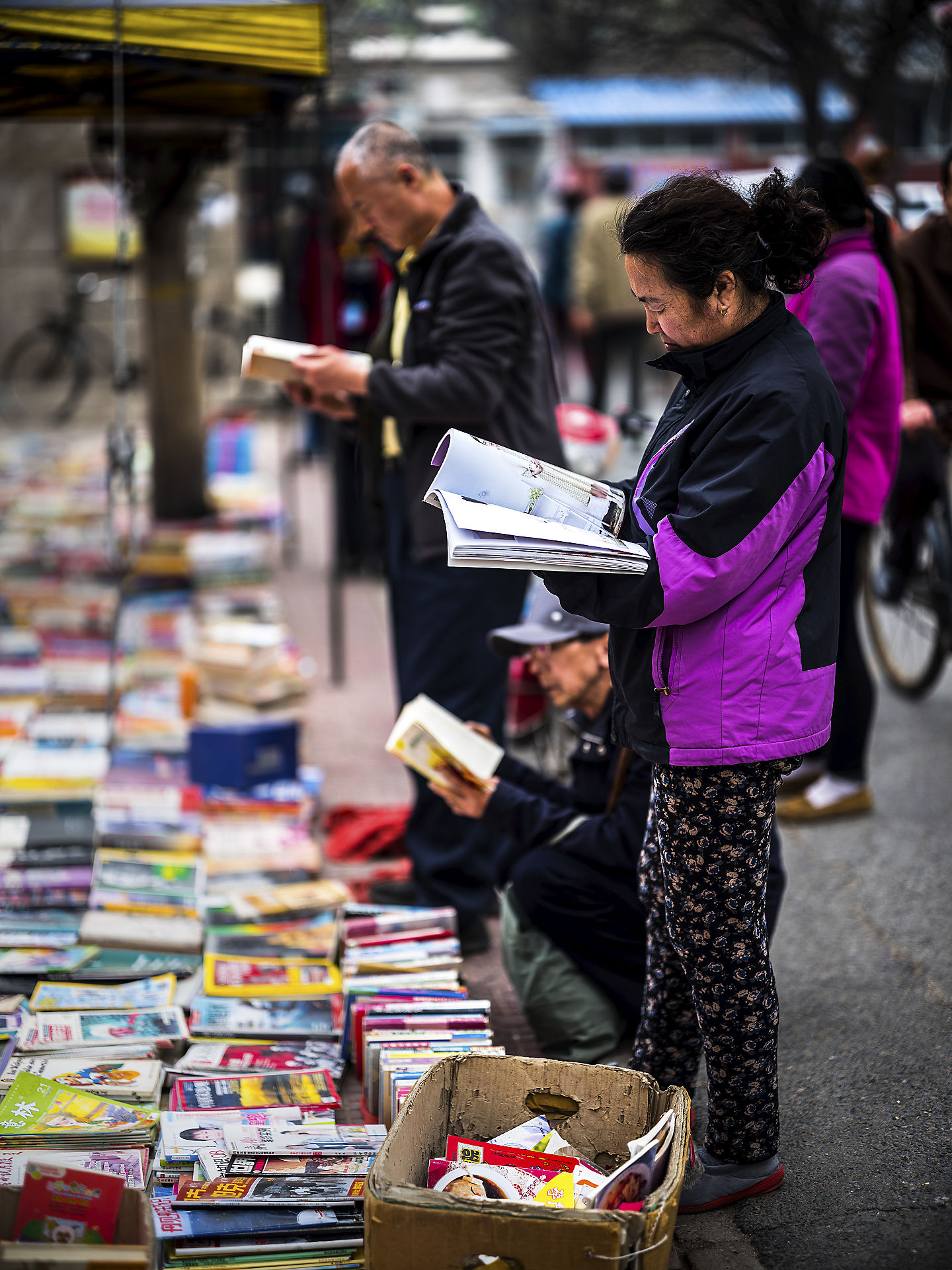

The set of 35mm lenses on the GFX 50S exceeded my expectations. It forced me to shoot in a more deliberate and careful manner, just like I would with a medium or large format analogue camera. The mirrorless design along with the EVF are game-changers in the world of digital medium format; one could accurately focus (especially for fast 35mm lenses) and assess the exposure before pushing the shutter button. I planned to use this camera exclusively for bridal portraits and landscapes, but it has proved of being more capable than that. Coming up next will be an extensive article on using the GFX 50S with the same set of lenses in Tokyo.

